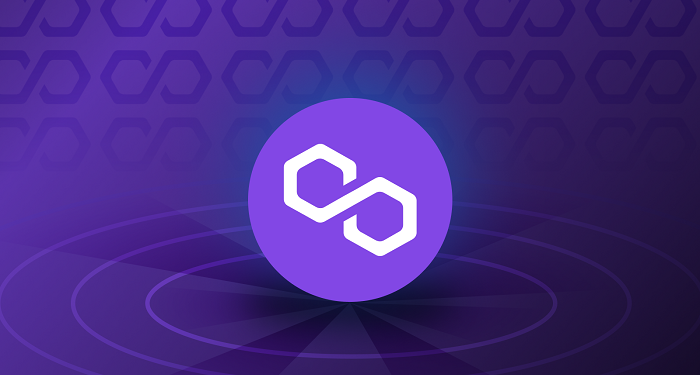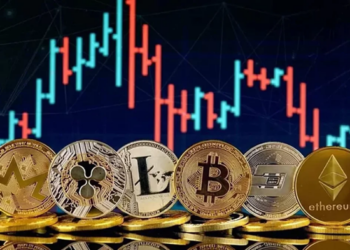In the rapidly evolving world of blockchain technology, Polygon (formerly known as Matic Network) has emerged as a significant player, offering a robust framework for building and connecting Ethereum-compatible blockchain networks.
Polygon’s ecosystem aims to address several limitations associated with Ethereum, such as high transaction fees and scalability issues. This article delves into the intricacies of the Polygon project, its native MATIC token, and the broader implications for the blockchain industry.
Polygon Ecosystem Review
What is Polygon Project?
Polygon is a Layer 2 scaling solution for Ethereum, designed to enhance the functionality and efficiency of Ethereum-based blockchain applications. Launched in 2017 by Jaynti Kanani, Sandeep Nailwal, and Anurag Arjun, Polygon has quickly gained traction due to its innovative approach to solving Ethereum’s scalability issues. By using sidechains, Polygon can process transactions off the main Ethereum chain, thus reducing congestion and lowering transaction costs.
MATIC Token – Ecosystem Token
The MATIC token is the native cryptocurrency of the Polygon ecosystem. It serves multiple purposes, including securing the network through staking, paying for transaction fees, and participating in the governance of the Polygon protocol. MATIC tokens are crucial for maintaining the network’s operations and incentivizing participants to contribute to the ecosystem’s growth and stability.
Main Utility Features of MATIC
MATIC’s utility within the Polygon ecosystem is multifaceted:
- Transaction Fees: MATIC tokens are used to pay for transaction fees on the Polygon network, making it cheaper and faster to conduct transactions compared to Ethereum’s mainnet.
- Staking: Users can stake their MATIC tokens to help secure the network and earn rewards. Staking incentivizes participants to maintain the network’s integrity and performance.
- Governance: MATIC holders have the ability to vote on key protocol decisions, influencing the development and direction of the Polygon project.
- Interoperability: Polygon’s compatibility with Ethereum allows for seamless integration and interaction with Ethereum-based decentralized applications (dApps).
MATIC Price Performance
MATIC price performance of has been notable, reflecting its growing adoption and the expanding Polygon ecosystem. Investors and traders closely monitor MATIC’s price trends to gauge the project’s market potential and investment viability.
[Insert matic price chart]
The chart above illustrates the historical price performance of MATIC, highlighting significant milestones and market reactions to key developments within the Polygon ecosystem.
MATIC Price Potential
Polygon’s ongoing development and increasing adoption suggest a promising future for MATIC. Analysts predict that as more projects and developers migrate to Polygon to leverage its scalable solutions, the demand for MATIC tokens will rise, potentially driving up its price.
MATIC Price Prediction
Short-term forecasts for MATIC are optimistic, with some analysts projecting it could reach new highs in the coming months due to the growing popularity of Layer 2 solutions. Long-term predictions are even more bullish, with expectations that MATIC could become a cornerstone of the decentralized finance (DeFi) ecosystem, further boosting its value.
For detailed price predictions and analysis, you can refer to the matic price prediction.
Conclusion
Polygon’s innovative approach to addressing Ethereum’s scalability issues positions it as a vital player in the blockchain space. The MATIC token, with its diverse utility features, plays a crucial role in the functioning and growth of the Polygon ecosystem. As the project continues to evolve and attract more users and developers, MATIC’s price performance is likely to reflect its increasing utility and adoption.
In summary, the future of Polygon and MATIC appears promising, with significant potential for growth and development. Investors and blockchain enthusiasts should keep a close eye on this ecosystem, as it continues to shape the future of decentralized applications and blockchain technology.















